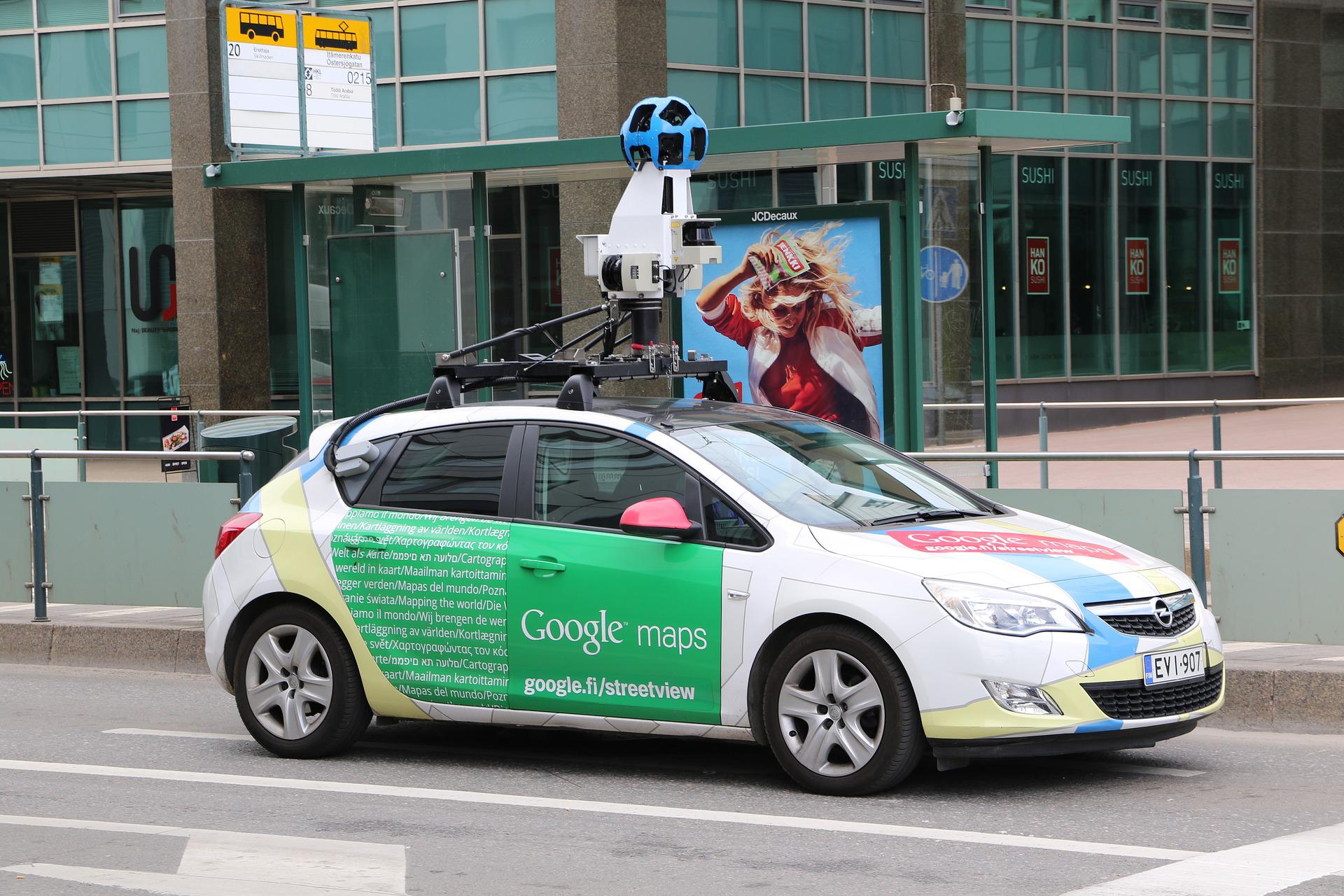
Ōtautahi –Vehicles on the road account for nearly three-quarters of transportation CO2 emissions and are one of the largest contributors to greenhouse gases worldwide.
To help address that, Google Maps is giving people more choices on the routes they take when they have to drive, and the impact on the environment.
The new feature allows drivers to optimise their routes for fuel efficiency, empowering people to make more sustainable choices on the road, and to save money while doing so.
Across the world, people are making more sustainable choices. The 2022 Edelman Trust barometer found that 75 percent of people globally are concerned or fearful about climate change.
Google searches for climate anxiety have reached an all-time high this year and we’ve seen searches for sustainable goods increase by nearly five times in five years.
Every day, people turn to Google to search for information on climate change and ways they can take action. So in 2020, we set ourselves a challenge: to help 1 billion people make more sustainable choices in their day-to-day lives by the end of 2022.
Vehicles on the road account for nearly three-quarters of transportation CO2 emissions and are one of the largest contributors to greenhouse gases worldwide.
To help address that, the new G maps give people more choices on the routes they take when they have to drive, and the impact on the environment.
In addition to showing the fastest route, Google maps will show drivers the one that’s most fuel-efficient, if they’re not the same.
With just a few taps, motorists can see the time difference between the two routes, the relative fuel savings of each, and choose the one that works best.
The technology is made possible by artificial intelligence, a vital advanced technology for fighting the climate crisis.
In this case, AI identifies all the viable routes that you could take to get from A to B and calculates the fuel usage for each based on historic and real-time traffic patterns, road incline, road type and more.
Doing that in fractions of a second allows it to find and display the most fuel-efficient route to your destination – as well as the fastest.
The new feature allows people to optimise routes for fuel efficiency, empowering you to make more sustainable choices on the road, and to save money while doing so.
People also use Google for longer distance travel, so we’ve taken steps to make that more sustainable, too. Google has introduced information on carbon emissions directly to Google Flights, labelling flights that have significantly higher or lower emissions, even down to the seat choice you make.
For hotel choices, they can say when a hotel has made meaningful commitments to sustainable practices including things like waste reduction, energy efficiency and water conservation measures. The climate crisis affects us all, and it can’t be solved overnight.

